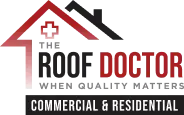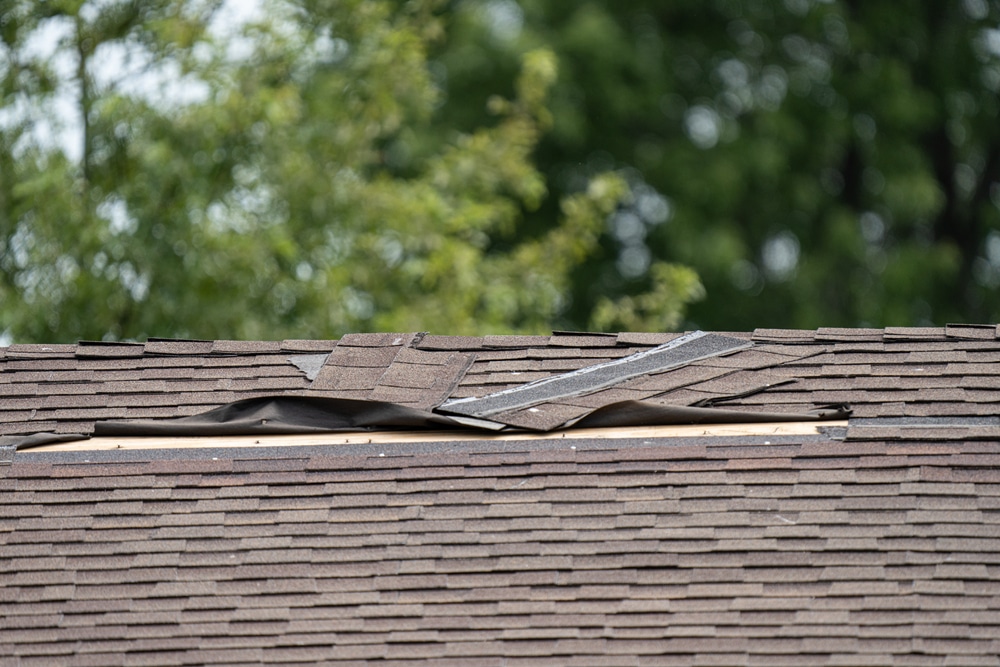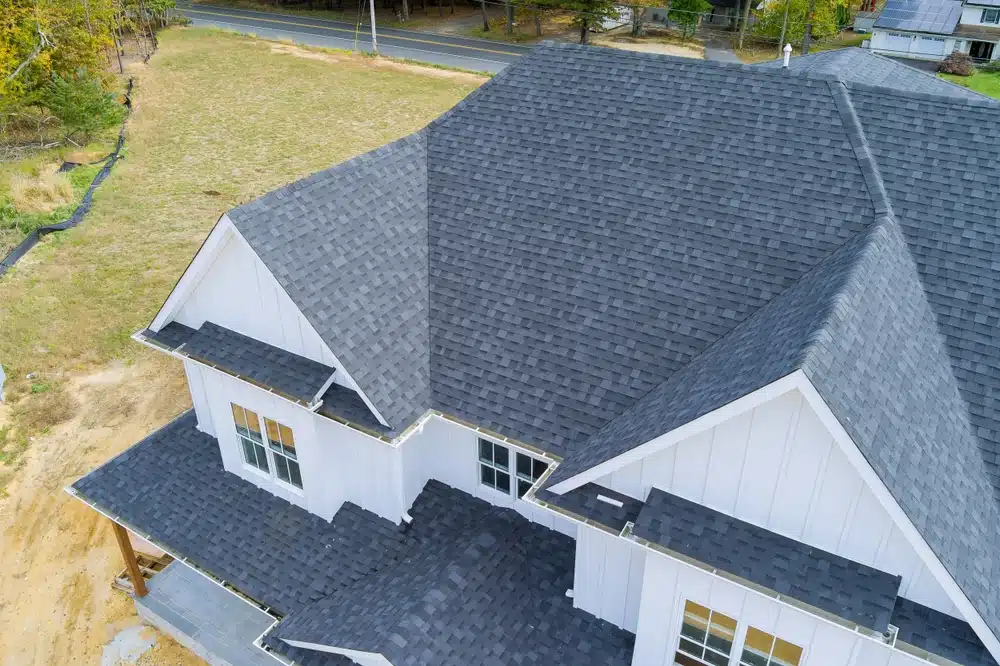There are a few weather-related elements that can be threats to your roof’s integrity in certain areas, and wind is sometimes an example here. How does wind affect common roofing materials used today, and what are some approaches for preventing and/or managing any high wind roofing damage for your roof?
At The Roof Doctor, we’re here to offer a wide range of roof replacement and roof repair services around Salt Lake City, Sandy, West Jordan, West Valley City, and nearby parts of Utah. Here are some basics on how wind impacts different roofing materials, plus how to avoid roof high wind roofing damage or manage it if it’s already taken place.
How Wind Can Damage Various Roofing Materials
While varying levels of wind will typically be required to create damage depending on the material involved (and these levels will often be quite high), here are some of the kinds of wind-related damage that can be possible for various common roofing materials:
- Asphalt shingles: As the most common roofing material in the United States, asphalt shingles are only moderately susceptible to wind-related damage. In high wind areas, shingles may be ripped off entirely, causing exposed areas of the roof. Additionally, if the sealant strips are not properly adhered during installation, wind can cause them to lift and lead to water damage. Many of these issues can be prevented, however, through proper installation and quality maintenance for the shingles to last longer.
- Metal roofing: Metal roofs are becoming increasingly popular due to their durability and resistance to wind damage. However, if not installed properly or if panels are not secured tightly enough, strong winds can cause them to lift and potentially detach from the roof entirely. It is important to regularly check metal roofs for any loose panels or screws and make necessary repairs as soon as possible.
- Slate and tile roofing: Both slate and tile roofs are known for their longevity and durability, but they can be susceptible to wind-related problems such as cracking or breaking. This is especially true with clay tiles, which can become brittle over time. Regular inspections and maintenance can help prevent these issues and ensure no tiles or slates are loose or damaged.
- Wood shake roofs: When it comes to wind and wood shake roofs, the biggest concern is usually the potential for damage from falling branches or debris. Regular trimming of nearby trees can help prevent this, as well as checking for any loose or damaged shakes after a storm.
How Quality Installation Prevents High Wind Roofing Damage
One of the most important factors in preventing high wind roofing damage is the quality of installation. A properly installed roof will have a strong and secure structure, able to withstand strong winds without suffering major damage.
When considering a new roof installation or replacement, it’s important to choose a reputable and experienced roofing contractor who follows industry standards and best practices for installing roofs in high wind areas. These standards include using appropriate materials for the specific wind zone, ensuring proper attachment of shingles or tiles, and following manufacturer guidelines for installation.
Maintenance Tips to Prevent Wind Damage
In addition to quality installation, there are steps homeowners can take to prevent wind damage to their roofs. Regular maintenance and inspections can catch any potential issues before they become major problems. Here are some tips for maintaining a strong and wind-resistant roof:
- Trim trees and branches near the roof: Overhanging tree limbs can cause damage to your roof during high winds, so it’s important to keep them trimmed and away from your home.
- Keep gutters clean: Clogged gutters can lead to water backup, which can put extra weight on your roof and compromise its structural integrity. Regularly cleaning out gutters can help prevent this issue.
- Check for loose or damaged shingles: It’s important to periodically inspect your roof for any loose or damaged shingles. If you notice any, make sure to have them repaired or replaced as soon as possible to prevent further damage during a storm.
- Reinforce the edges of your roof: The edges of your roof are especially vulnerable during strong winds. To reinforce them, consider installing hurricane straps or clips that will securely attach the roof to the walls of your home.
Storm Damage and Insurance Considerations
In cases where your roof is damaged by a storm, it’s important to understand your insurance coverage and the steps you need to take in order to file a claim. Here are some key considerations:
- Review your insurance policy: Take the time to review your homeowner’s insurance policy and familiarize yourself with what is covered in terms of storm damage.
- Document the damage: Before making any repairs, be sure to document the damage thoroughly with photos or videos. This will help support your claim when filing with your insurance company.
- Contact your insurance provider: As soon as possible, contact your insurance provider and inform them of the damage. They will likely send an adjuster to assess the damage and determine the cost of repairs.
- Work with a reputable roofing company: When it comes to repairing storm damage, it’s important to work with a reputable roofing company that is experienced in handling these types of repairs. They will be able to provide you with an accurate assessment and estimate for the repairs.
At The Roof Doctor, we’re here to help with all your needs for roof replacement and roof repair around SLC, West Jordan, Sandy, West Valley City and surrounding areas, including in high wind areas. Contact us today to get started!


